Augmented reality [AR] is the latest and perhaps most significant marketing trend to develop in recent years. More and more businesses are shifting their focus away from traditional marketing campaigns and diving into the world of augmented reality.
Why? Because AR technology opens new channels for advertising and marketing opportunities. AR marketing can tap into customer markets that might seem out of reach with traditional methods.
The concept of marketing with augmented reality is becoming more mainstream and is seeing an increase in both use and new developments.
However, there are still many companies who are not using, or, are under using, augmented reality, which is potentially costing them significant returns on investment.
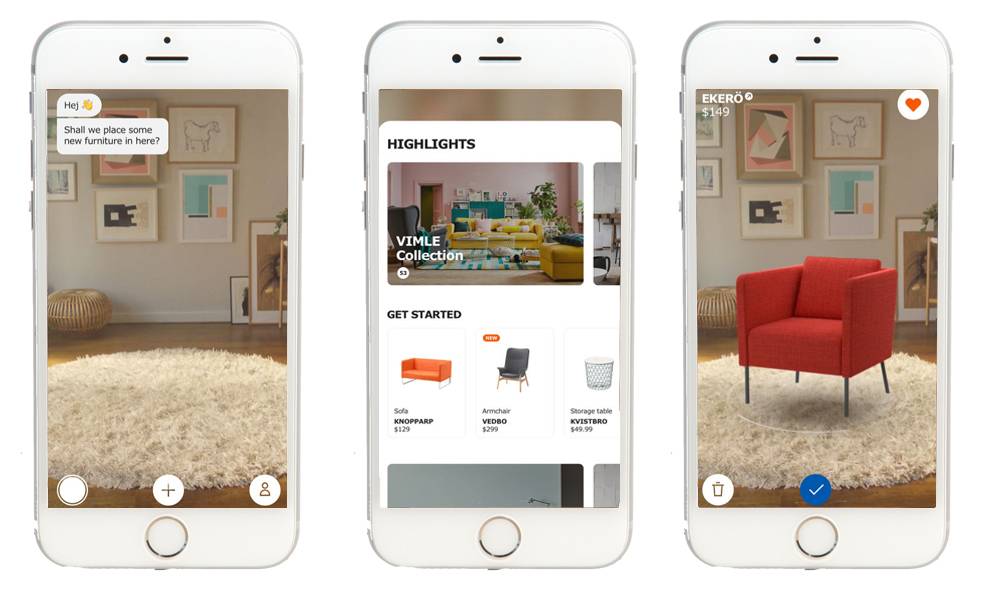
What is Augmented Reality?
Simply put: AR technology is a combination of virtual objects with real-world environments. AR is different from virtual reality in that augmented reality does not immerse the user into a fantasy world.
Augmented reality adds to the existing world instead of creating a new world by digitally overlaying virtual objects onto the real world to enhance their engagement with virtual objects, makeup, creatures, and more.
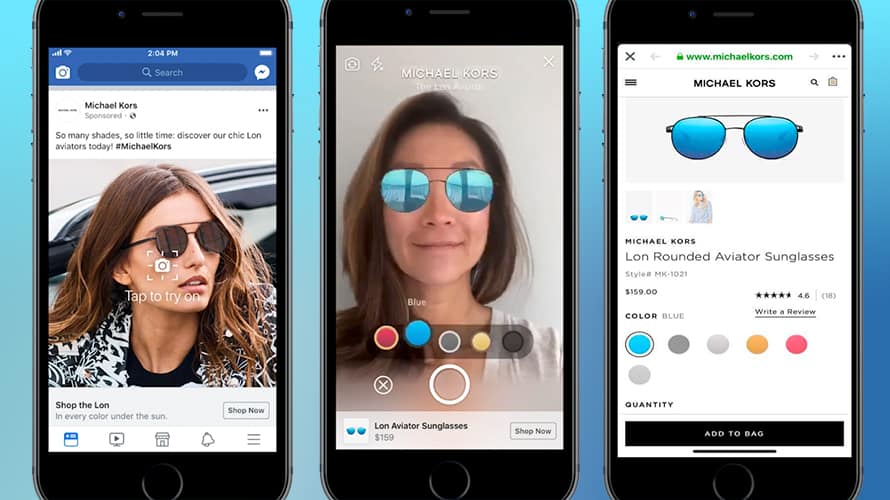
How is Augmented Reality Used?
Augmented reality is developed by superimposing digital information in a real-world environment. The goal of AR is to provide an interactive experience for users where they can perceive both the real and the digital at the same time, all through the use of a camera on a mobile device.
Immersive technology gives users a new type of experience that companies everywhere are tapping into, and many businesses are now incorporating augmented reality into their digital marketing campaigns.
There is, naturally, a constant trend of consumers purchasing, using, and engaging with new technological advancements. Companies can use this trend to their benefit by staying on top of modern technology, including the changes in the enhanced reality world.
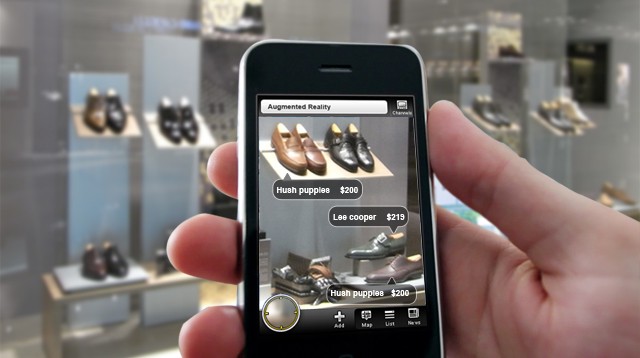
What Are the Benefits of Augmented Reality?
1. Rich and Immersive Experiences
Augmented reality provides customers with the chance to interact with digital objects right in their own homes. For businesses selling furniture like IKEA and Amazon, augmented reality capabilities mean that consumers can place furniture around their home to analyze the product and see how it fits in their house. AR gives customers more information on the products and significantly helps in the decision-making process.
2. More Avenues for Advertising
AR allows unprecedented opportunities for companies of any size to advertise in more engaging ways. Through augmented reality, businesses can introduce new products and services and build brand awareness.
Companies can showcase their latest developments and show consumers exactly how their brand can fit into the customer’s life. Gone are the days of heavy content, webpage banners, and other traditional marketing campaigns.
3. Blend Gamng with Marketing
With augmented reality, marketers can add a gaming element to their advertisements that taps into the consumer’s competitive and child-like side.
Applications like Snapchat include AR filters that are entertaining for how they make the user look, and for the game the users play inside the filter. Customers experience the brand in a new way and are left with lasting impressions that can convert into sales.
4. Personalized Experiences
Integrating augmented reality directly into an established application or website can boost a company’s conversion rate and shorten the length of time a customer takes between showing interest in a product and purchasing it.
AR allows consumers to personalize their experience with the brand, placing objects directly into their environment or onto their own image to help with the decision-making process. IKEA, Amazon, and makeup brand Sephora all have an AR marketing element that lets users digitally try products before buying them.
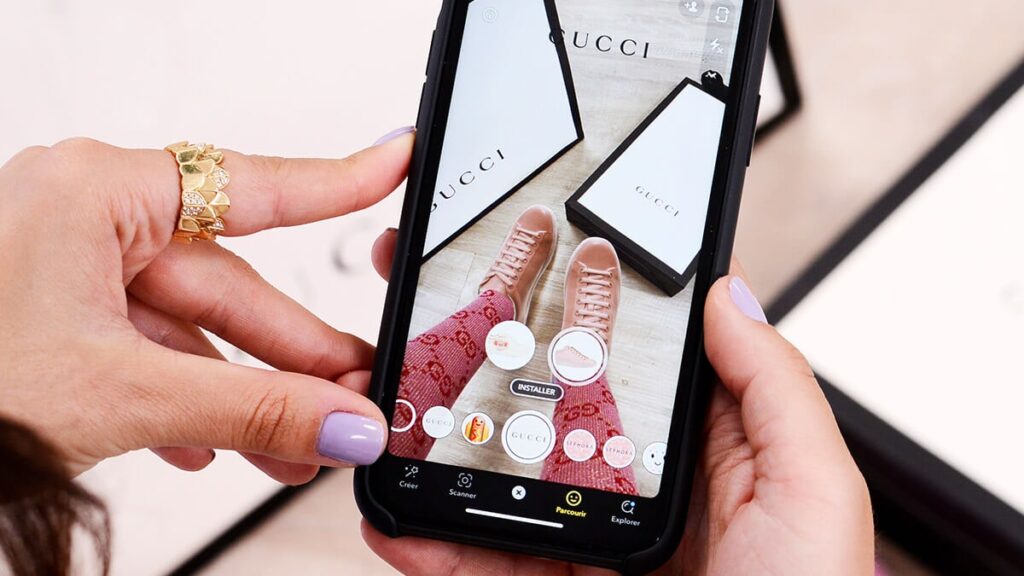
What Are Some Examples of AR in Marketing?
Sephora
Sephora now includes an app that allows consumers to try on makeup before they buy it. Using the front-facing camera, customers can take selfies while wearing digital makeup.
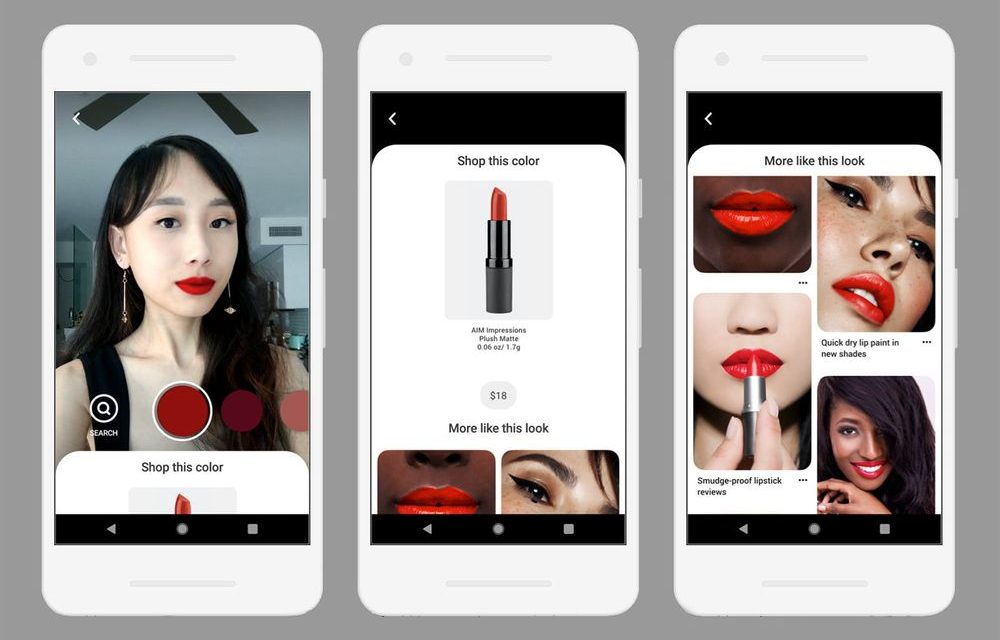
BBVA
BBVA gives consumers the chance to search homes and view details about the house and the potential cost.
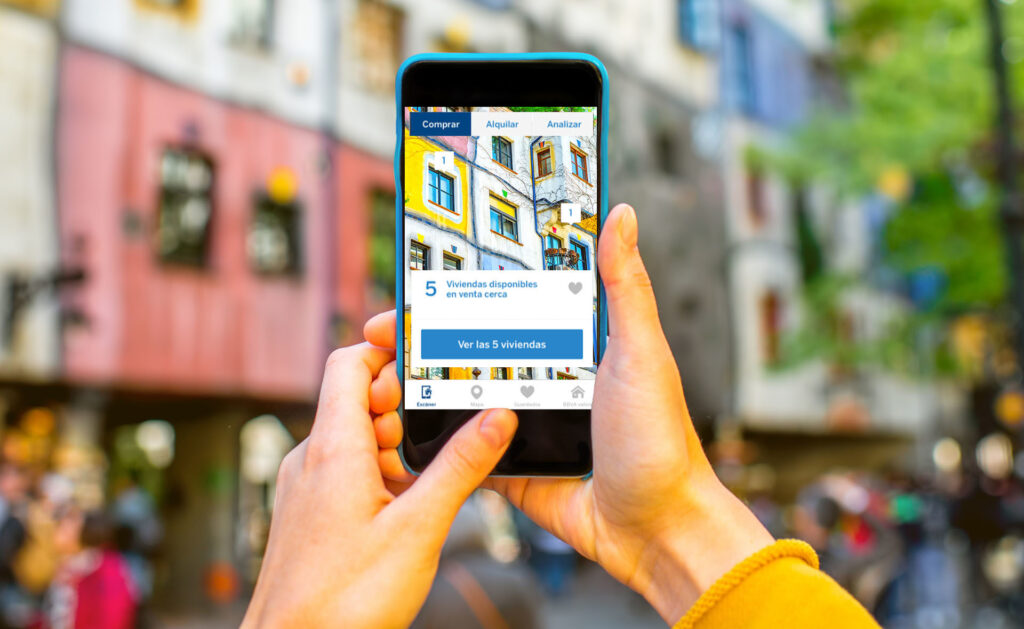
IKEA Place
Customers can place digital copies of furniture into their homes to see how it will look and to check where they would like to place it.

Pepsi
Pepsi developed an AR campaign that lets customers use an augmented reality window beside a bus station’s wall to view UFOs, tigers, and robots.
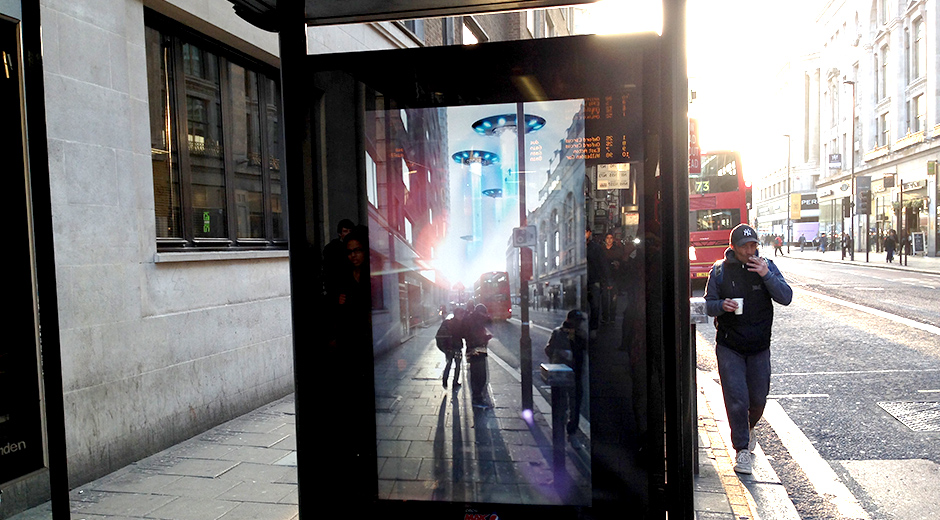 ,
,
 Marah
Marah  October 30, 2020
October 30, 2020 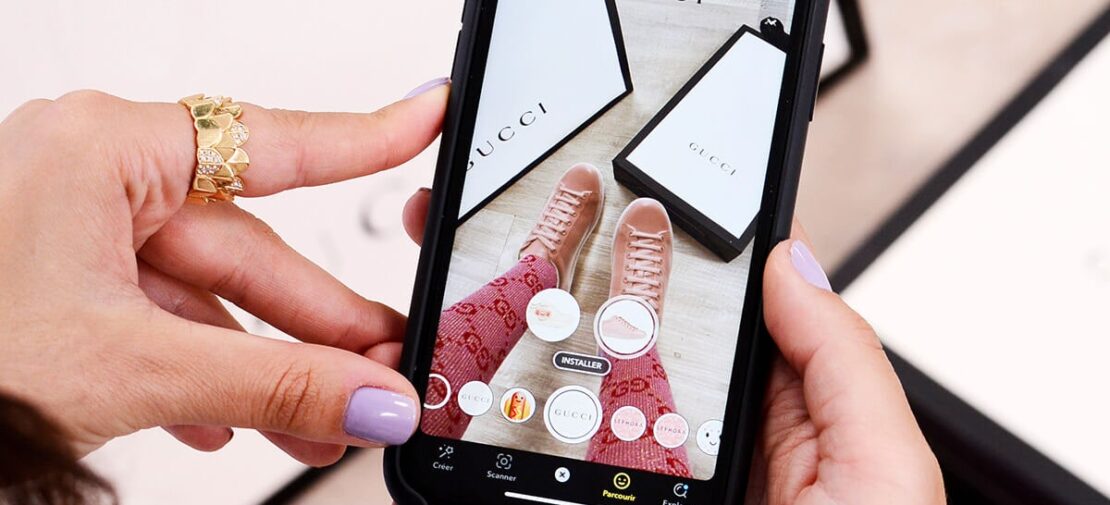
 October 30, 2020
October 30, 2020